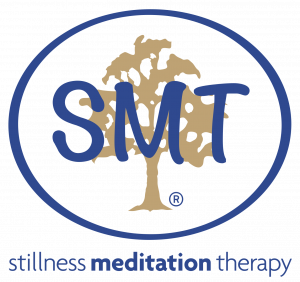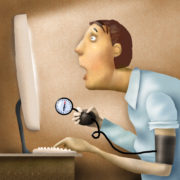A calm mind and a beautiful life!
This is a really important reflection. As well as witnessing life changes taking shape with our clients, we meditation therapists consistently notice visible changes, too. When the art of ‘stillness’ is truly captured, it’s really another form of beauty therapy – men and women alike!
I’m always interested in the progress of our clients as they walk the walk of Stillness Meditation. We review this progress formally at certain times during each client’s course. But far from the formal assessment of individual progress is the appearance on people’s faces as they gradually begin to live calmly.
Very often at first meeting, the new client’s strain visibly shows. When anxious, tense, stressed or depressed, the facial features appear tight, twitchy, nervous or sad. Hands are restless. Nails may be bitten down. Legs are crossed and uncrossed and the eyes, often close to tears, are wide with apprehension. After so many years’ observing the effects of ‘stress’, it’s just not possible to miss these things.
But as the days and weeks pass and the client becomes a regular visitor, magic happens! The practice of stillness is morphing into living calm. Individuals may not know it yet but there’s a serenity appearing. ‘Stillness’ is becoming part of their life. The smile is brighter and more spontaneous. The eyes look rested. The nervous habits have vanished. Nails are growing and excessive lines are smoothing out. A kind of beauty is gradually emerging. He or she may not yet have arrived at their desired outcome – but the way there, the way of living calm, is certainly making a difference.
Calmness leads to confidence. Confidence leads to courage. Courage means facing life challenges, meeting those challenges and being rewarded with success – and then achievement … and adventure … and little by little, next comes the change that leads to contentment. And so life gets better, and better …
Meditation is the balm to soothe life and challenge and personal growth. For some, these transformations are captured surprisingly quickly. Others may take many months to have their commitment and patience rewarded. But as an observer who is also sharing the journey, it is utterly delightful to notice beauty in its many forms, gradually emerge.
Pauline McKinnon (c)
July 2018, Melbourne











 The rise and rise of the popularity of meditation as a life skill calls for increased numbers of qualified meditation teachers. A wonderful prospect indeed as the widespread recognition of meditation as an enriching and sustaining life-skill has finally arrived!
The rise and rise of the popularity of meditation as a life skill calls for increased numbers of qualified meditation teachers. A wonderful prospect indeed as the widespread recognition of meditation as an enriching and sustaining life-skill has finally arrived!